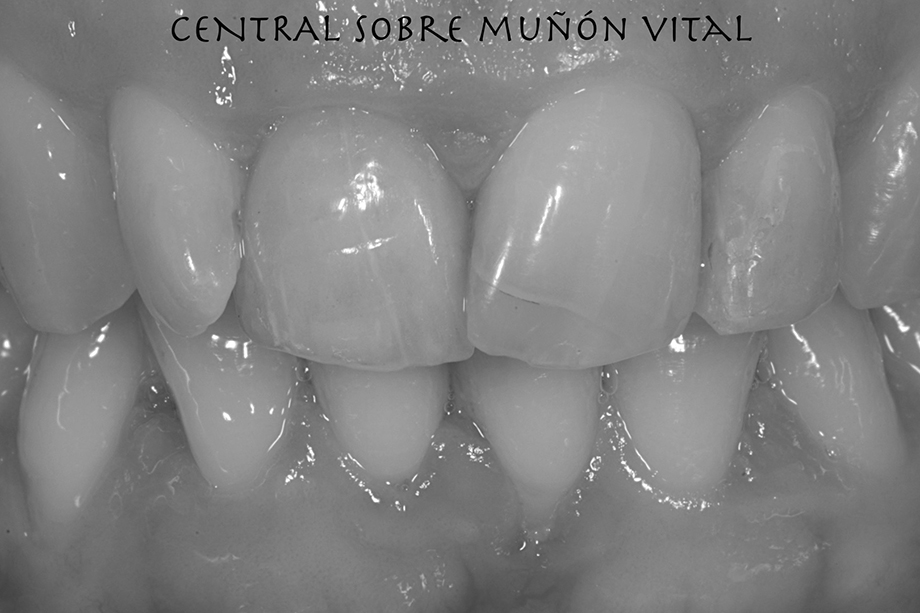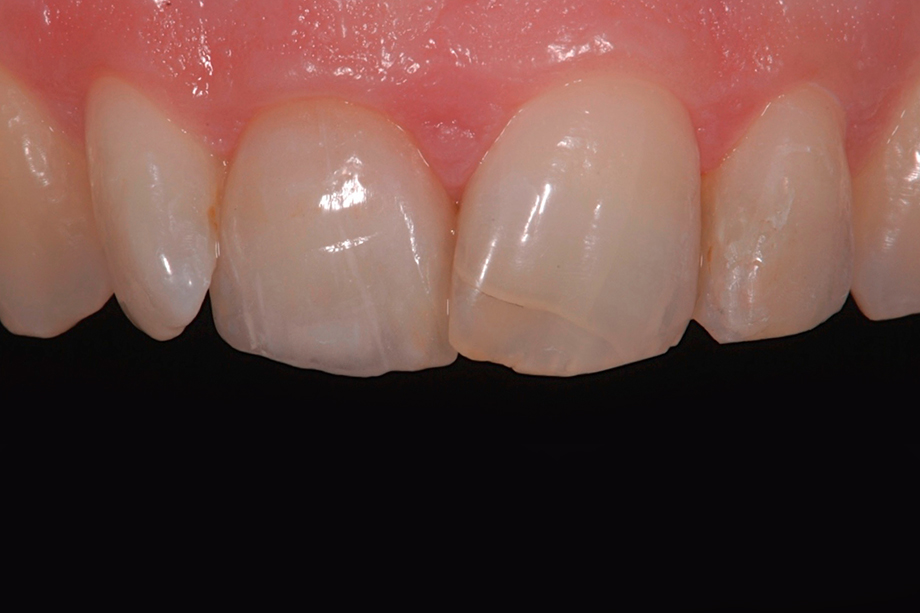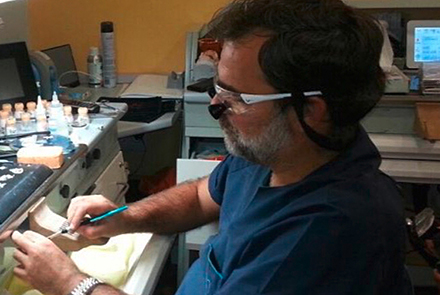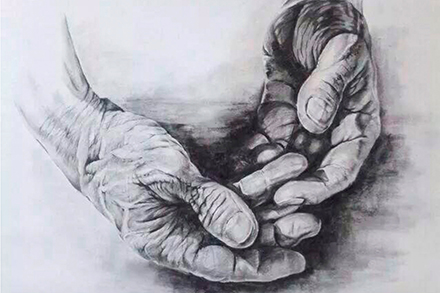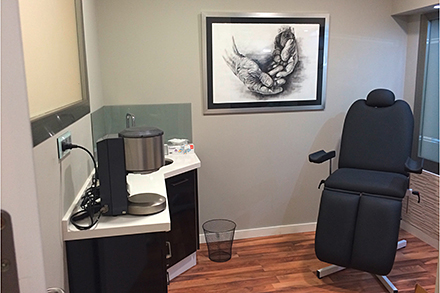Statement from Luis Miguel Vera: “Our eyes see in 3D. Due to VITA I can experience shades in 3D.”
VITA Around The World.
Luis Miguel Vera. Seville, Spain.
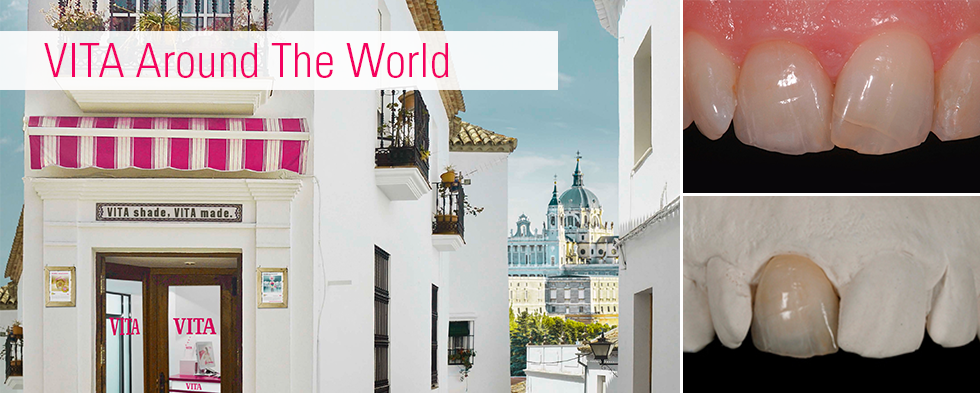
Luis Miguel Vera
Seville, Spain.
Short CV of Luis Miguel Vera
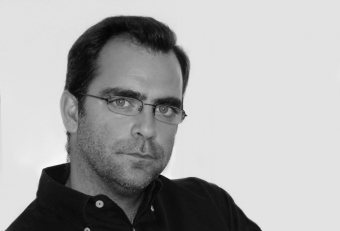
Studio Dental Luis Miguel Vera. Laboratorio dental.
Juglar, 3-A, 31, 41018 Seville, Spain
Phone: +34 954 92 01 72. E-Mail: macrodentalsl@hotmail.com
- Studio Dental Luis Miguel Vera
- Training as a dental technician, Seville 1993
- Master in ceramics and implantology, Seville 1994
- Further training in national and international courses
- Founded Larboratorio Macrodental in 1996, Seville
- Employee of the dental technician schools “Antonio de Solis” and “Los Viverors”
- Consultant for VITA Zahnfabrik since 2004, national and international courses and lectures
- Consultant for the implant companies Mozo Grau, Klockner and Phibo, lectures and presentations
Introduction of my native city
Hello, My name is Luis Miguel Vera, and this month I have the great honor of introducing myself to you on this VITA page.

Before I present my patient case to you, I would like to introduce you to the beautiful city of my birth, Seville. Seville is in the Andalusian region in Spain and features a rich history. (because Seville was ruled by Muslims, Christians and others during its early founding, it would not be accurate to leave this statement in) Seville is the origin of one of the most important sights in the city quarter of Santa Cruz, the former minaret, the Giralda. Also, the Virgin Mary is very highly honored in my native city.

We Andalusians love to celebrate and have just observed our annual worldwide festival, the famous "Féria de Abril".

In Seville, there is traditionally a large variety of arts and crafts, including the art of goldsmithing and ceramics. The latter was passed on by the Muslims. The ceramic tiles called "azulejos,” which one can admire at the Plaza España, and the "Carthusian ceramics,” are well-known.
I feel a special connection with the arts and crafts field
since I practice the dental technician's art every day, especially with VITA VM-ceramics.
For me and my team, the work that we perform is very important. It is a type of craft that we produce with our own hands, and meets the high aesthetic and functionality demands expected from our patients. My craft reminds me of a special charcoal drawing in my shade-taking studio.
It shows old, work-worn hands. I enjoy this picture very much, and it brings me feelings of tenderness.
Patient case
Restoration of a front tooth with VITA PM®9
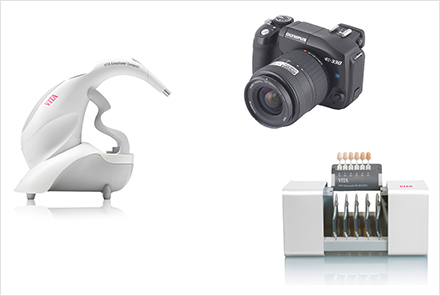
![]()
One of the biggest challenges for a dental technician
is to create a single front tooth crown that harmonizes with its neighboring tooth. The first challenge is selecting the fitting tooth shade for the patient. Fortunately, with today's offering of resources, it is significantly simpler.
In this case, our patient has very translucent teeth. Because of that, we did not want to risk a restoration with a metal ceramic crown. To use the vital stump shade, we decided on a pressed ceramic in combination with VM 9 Add on, which transports the liveliness of the natural play of color. However, our creativity was challenged - how would we control the tooth shade in our model? Our idea was to manufacture a stump that matched the natural tooth from the composite stump material VITA SIMULATE.
When measuring the shade of the neighboring tooth with the spectrophotometer (21), the center of the tooth yielded the result of 2M1 with a dE of 1.2 and, in the gingival third 2L1.5 with a dE of 1.7. The measurement of the stump shade showed 1M1 and, in the cervical area of the tooth, 2M3. Therefore, we selected the pellet in the shade 2M1P-T from PM 9 for pressing.

Here, you can see the milled tooth and its vitality very well.
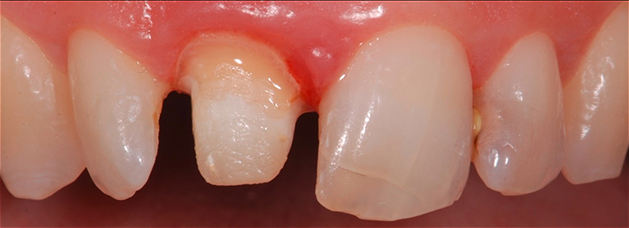
First, we created a functional wax model for the pressing process. Then, this was embedded and pressed with the pellet in the shade 2M1P-T from PM 9.
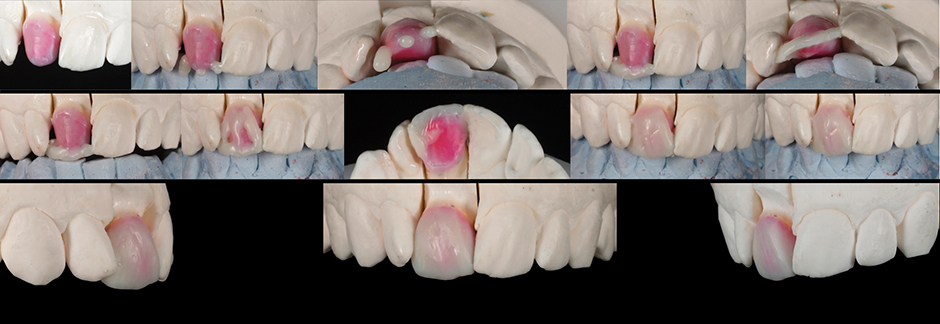
After deflasking and inspecting the shape on the model, we created a palatal silicone key. In doing so, we did not lose any reference to the original form in the cut-back and always maintained control.

For optimal harmonization with the neighboring tooth, we created the inner life of our restoration with VITA AKZENT Plus and fixed this with a shade-fixing firing. We reconstructed the individual form of the incisal edge with Add-on material.

Finally, we glazed the crown with Glaze LT. With the aid of the stump made from VITA Simulate, we checked the shade of the stump material. To ensure that the transport of the stump shade was easily visible in the crown, we used glycerine for the try-in. This allowed us to avoid trapped air between the crown and stump.
Measurement of the tooth shade now showed 2M1 with a dE of 1.6, while the neighboring tooth showed 2M1 with a dE of 1.2. This deviation is not perceived by the human eye.

The restoration on the model.

and the restoration cemented in the mouth,
